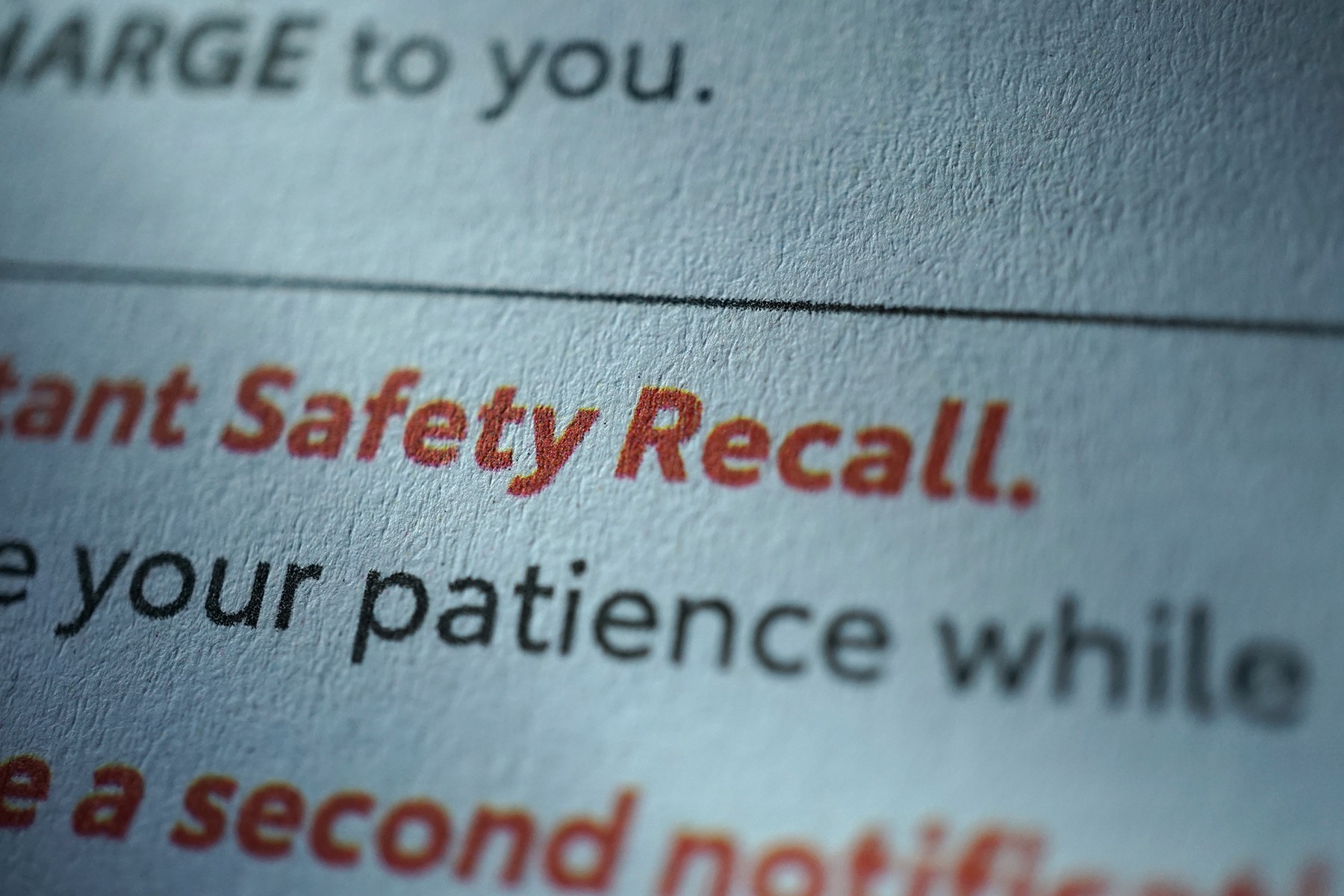Supply chain failure is considered a top threat to life science companies, second only to intellectual property theft. Despite the risks, the market for contract manufacturers continues to grow at a rapid pace. In fact, experts predict the global contract manufacturing market for pharmaceuticals will exceed $83 billion in 2019.
There are several reasons for this rapid growth:
- Contract manufacturing allows companies to increase capacity without the overhead of increasing their own staff and production capabilities. This lets companies move more drugs through the pipeline of FDA approvals faster.
- For some startups with almost no manufacturing capability, it is the only route to manufacturing their products.
- Suppliers and contract manufacturers can provide specialized expertise that helps expedite the drug development and manufacturing process.
To achieve these benefits while mitigating the risks, many companies turn to supplier quality agreements as a way to ensure compliance with internal and regulatory standards.
In this post, we’ll look at 7 must-haves for your supplier quality agreements.
1. Set Clear Expectations
While there may be unexpected hiccups in the contract manufacturing process, these don’t have to be a surprise. Set milestones and make avenues for regular communications so that all parties can stay informed and on track. Be sure you and your supplier adopt a “no surprises” approach to doing business.
A Quality Management System (QMS) can help, allowing you to centralize communications and track issues without having to worry about key information getting buried or lost in an email chain.
2. Determine Third-Party Requirements
Be sure to stipulate if your supplier can utilize third parties to fulfill their obligations, and if so, which third parties and what requirements apply to them. If you are expecting your intermediates from one supplier who farms that out to another supplier, it’s important to think about how this can impact your process.
Because it’s not just your suppliers that can harm your reputation—it’s also your suppliers’ suppliers.
3. Consider Storage and Shipment
Storage and shipment requirements are an important part of any supplier quality agreement. These may include:
- Stipulations regarding where raw materials are manufactured, a key consideration when contract manufacturers have multiple sites.
- Any pre-shipment requirements, such as requiring the supplier to inspect products according to to your checklist before sending any shipments to you. An integrated system makes it easy to do this by granting suppliers secure, permissions-based access to Supplier Quality Management applications within the QMS.
- Temperature and other conditions for storage. For example, when purchasing chemicals that aren’t stable through multiple freeze-thaw cycles, you might stipulate that the product be stored frozen and arrive frozen.
4. Determine Documentation Needed
What type of process validation do you require? Do you need in-process information, or just certificate of analysis on the end product they deliver? It’s critical that you specify what needs to be in the certificate of analysis to prove product identity, quality and purity.
You should also be sure your agreement stipulates exactly what will be provided with the materials they deliver, at what level of purity, by what measure, and the timeframe for delivery.
5. Outline Conflict Resolution
Any solid agreement should have a defined conflict resolution process. While nobody wants to have to use a conflict resolution process, the time to develop these processes is long before you need them. In fact, just having them in place can help you avoid problems down the road.
6. Define All Terms
It’s essential that you define all terms used in your supplier quality agreements to help avoid confusion later. That includes a well-defined scope, which ensures that both parties are clear about what’s included.
Your supplier or contract manufacturer is your partner, so you want to let them know up front what it takes to be successful and earn your future business.
7. Include Expectations Around QMS Use
If you’re using the QMS to extend compliance responsibilities to suppliers, your agreement should clearly outline expectations for their participation.
Using the QMS to gain visibility into supplier processes is essential to mitigating risk. It also allows for real-time information sharing, but only if suppliers engage with your process.
The QMS is your number one tool for mitigating risk and ultimately, enforcing your agreement. The increased visibility combined with a strong agreement is what sets you up for a successful relationship. And at the end of the day, investing in long-term supplier relationships is much more efficient than having to build new ones from scratch.


